Documents Detail 4-Day Military Training Exercise in Ceiba and Culebra
Even though the U.S. Navy was expelled from Culebra decades ago, the island remains an important location for military training.
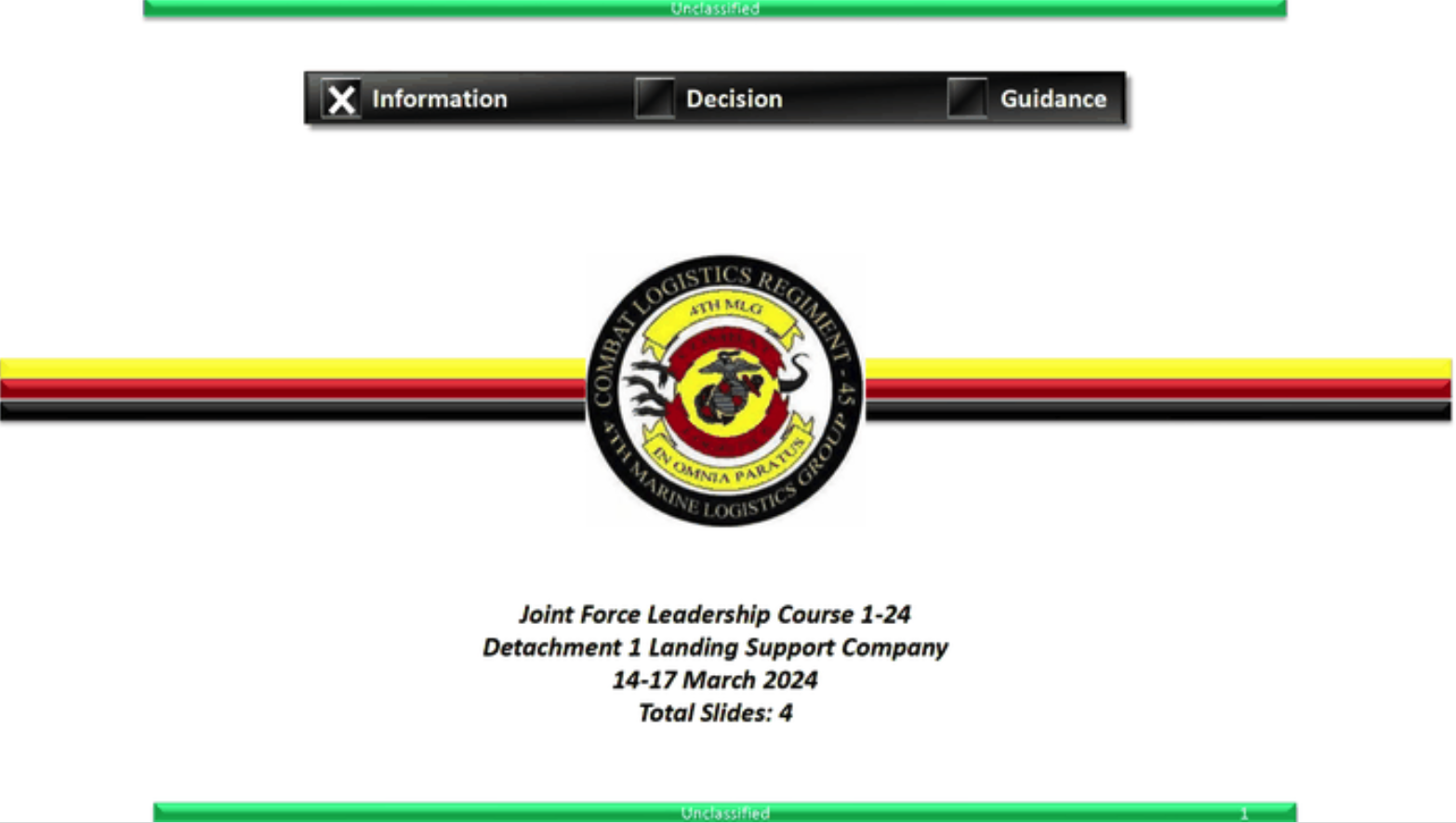
As a young journalist from an unconventional background, I try to keep my finger on the pulse of things that other journalists aren’t covering because it doesn’t interest them or they don’t know about it. That has led me to filing a lot of Freedom of Information (FOIA) requests on things that I think could add to public knowledge about what goes on in Puerto Rico. One such record request led me to getting two presentations from the U.S. Marine Corps about a training exercise conducted between March 14-17 of 2024 in Roosevelt Roads in Ceiba and Flamenco Beach in Culebra.
The "first of its kind" training exercise, titled “Corporals of Culebra,” consisted of a Humanitarian Assistance and Disaster Relief (HADR) scenario where students operated in an “electronically degraded environment (Ceiba)” to “safely retrieve and deliver humanitarian aid to the populace affected by the [simulated] disaster Hurricane Paola created in Culebra.” The event was hosted by the U.S. Marine Corps Detachment 1, Landing Support Company, Combat Logistics Regiment 45, a reserve unit colloquially known as the “Caribbean Red Patchers” (their logo in the presentation is a badly edited version of a famous Alexis Diaz mural), to give joint service members enrolled in a corporals course the opportunity to apply small unit leadership skills, practice wargaming tactics and strategic planning. Supporting units included groups from the Air National Guard, U.S. Army Reserve, Customs and Border Patrol and U.S. Coast Guard, among others.
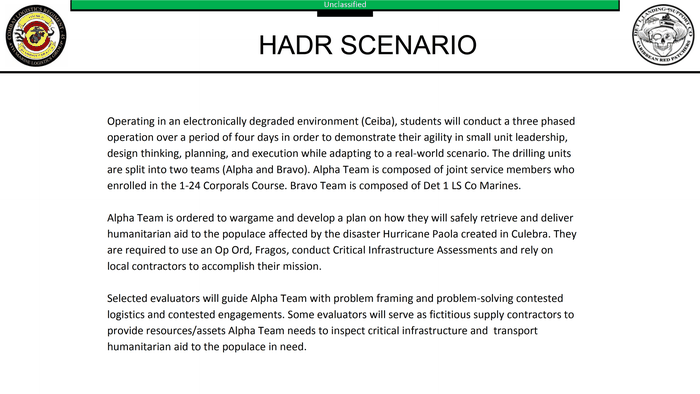
Multiple articles by military or military-adjacent publications have emphasized the need for training in an “electronically degraded environment.” For example, a U.S. Naval Institute article about “blackout warfare” caused by a solar incident or an Electromagnetic pulse (EMP) urged small unit commanders to study how to command and control in such environments, citing that it could be useful in a variety of contexts. Meanwhile, an article in ARMOR magazine—a U.S. Army professional journal—highlights that “almost no scout units have the resources or knowledge to effectively practice operations in an electronically degraded environment.”
“[Non-Commissioned Officers] will practically apply skills learned in February’s Corporals Course to make ethical decisions about navigating civilian and enemy planning considerations in crisis or conflict,” reads a comment by an unnamed commander in one of the presentations.
An “electronically degraded environment” has become Puerto Rico's reality. As I write this article, I have lost power thrice in one day and some communities have spent over 24 hours without electricity. Puerto Ricans experienced nearly 24 hours without electricity on average between April 2023 and March 2024. These already poor conditions put Puerto Rico in a particularly bad spot because the Caribbean is “ground zero” for the global climate emergency, which means more extreme natural disasters. In fact, forecasters have warned of a “potentially explosive” hurricane season for later in the year and Puerto Rico is absolutely not prepared for it in the slightest.
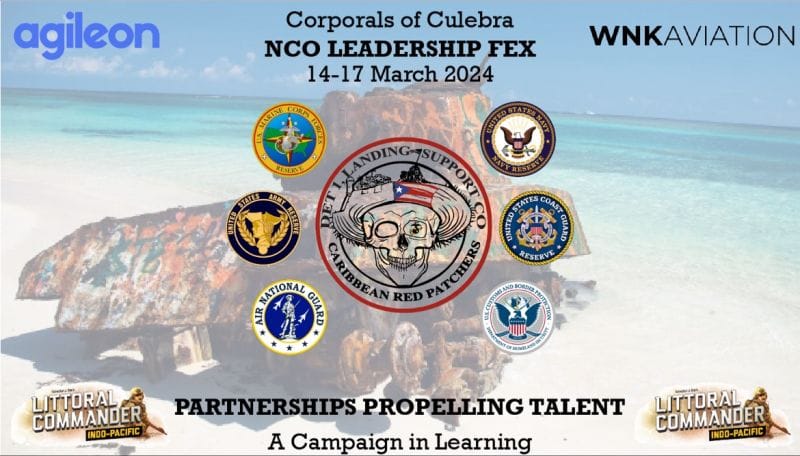
Although not mentioned in the documents I received, co-founders of Agileon, a consulting company, were “specifically requested” to serve as evaluators and advisors, according to a press release on their website. WNK Aviation, an encrypted communications provider, also participated in the event, according to an image found on LinkedIn. Evaluators guided soldiers with “problem-solving contested logistics and contested engagements,” and also served as fictitious supply contractors to provide resources/assets needed to inspect critical infrastructure and transport humanitarian aid, according to the records I received.
The Army and Department of Defense haven’t codified “contested logistics” into doctrine yet, according to a February 2024 article on the Army’s website. The post urges the U.S. military to define “contested logistics” as “logistics that occur under conditions wherein an adversary or competitor deliberately seeks or has sought to deny, disrupt, destroy, or defeat friendly force logistics operations, facilities, and activities across any of the multiple domains.”
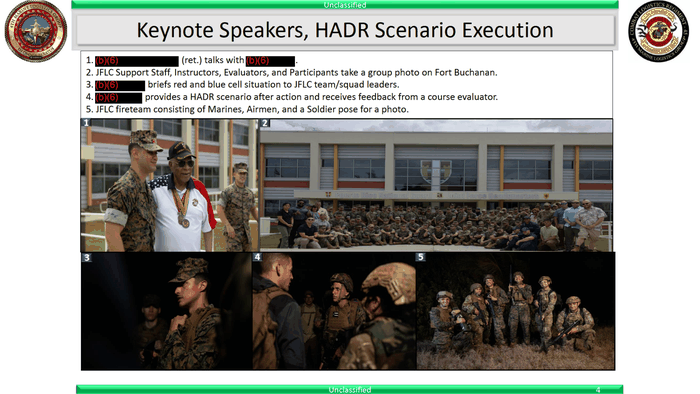
From publicly available photos and videos of the event, as well as the presentation I received, the 4-day training exercise mostly consisted of playing the board game Littoral Commander: Indo-Pacific at Fort Buchanan, nighttime patrols and combat exercises at the new U.S. Army Reserve Center in Ceiba, small boat operations that transported aid and personnel between Culebra and Ceiba during the aftermath of the simulated disaster, and a “Warriors Night."
While the U.S. military does not maintain a super strong presence in the archipelago compared to states like Florida or Virginia, Puerto Rico has been the site of important moments in U.S. Military history, including dropping 500-pound bombs against U.S. citizens in Jayuya and Utuado in 1950. More recently, U.S. Army Rangers and National Guard tested the Integrated Visual Augmentation System (IVAS) system in Camp Santiago in 2021 and U.S. Army Reserve hosted its “largest counterintelligence focused exercise ever” in San Juan in 2023. (I’ve FOIA’d material from both events and you’ll hear more about that when/if I hear).
A LinkedIn post from a Civil Affairs officer notes that the “Bravo Team” (Marines not enrolled in the course) took a “glimpse” at the conflict between the Navy and the citizens of Culebra, as well as the 2017 crisis response to Hurricane Maria, a strong category 4 hurricane whose repercussions are still being felt to this day.
“The line between crisis and conflict is often blurred or nonexistent,” reads the post.
In Culebra and Vieques, the U.S. Military caused both the crisis and the conflict. The U.S. Navy used the islands for military practice, including ship-to-shore and aerial bombardment, for decades after World War 2. When the U.S. Navy tried to forcibly remove the population of Culebra in 1970, residents protested the military occupation until 1975 – when the military pulled out of its base there, However, exercises continued in the neighboring island of Vieques until 2003, when the Navy was again pushed out by protesters. Bombs dropped in Vieques destroyed civilian homes in 1993 and killed a security guard in 1999.
Napalm bombs and depleted-uranium tipped ammunition were some of the weapons containing toxic chemicals that were tested on these islands.
The invisible and visible aftermath of the bombings remain in Culebra and Vieques. The Navy base in Vieques is a superfund site. A Government Accountability Office report from 2021 revealed that they had “completed cleanup on nearly all sites contaminated with hazardous materials on Vieques, but substantial work remains for the Navy and the Corps on both islands at sites with munitions, especially underwater sites where unexploded munitions are buried in the sea floor." Both locals and tourists have been injured over the years because of unexploded munitions on the coast.
Meanwhile, a 2017 analysis found women under 50 from Vieques have 280% higher lung and bronchus cancer rate than in mainland Puerto Rico. Men between 50 and 64 have a 200% higher rate. A 2001 study reported that people from Vieques suffer from a 30% higher rate of cancer, 41% higher rate of diabetes, 95% higher rates of cirrhosis of the liver, and 381% higher rate of hypertension.
Seven years after Hurricane Maria, Vieques still does not have a hospital and people who live there have to struggle to get spots on a privatized ferry system so they can be treated for these higher rates of disease. Jaideliz Moreno Ventura, a 13-year old girl, died while on an air ambulance flying to Puerto Rico's main island because Vieques did not have a respirator.
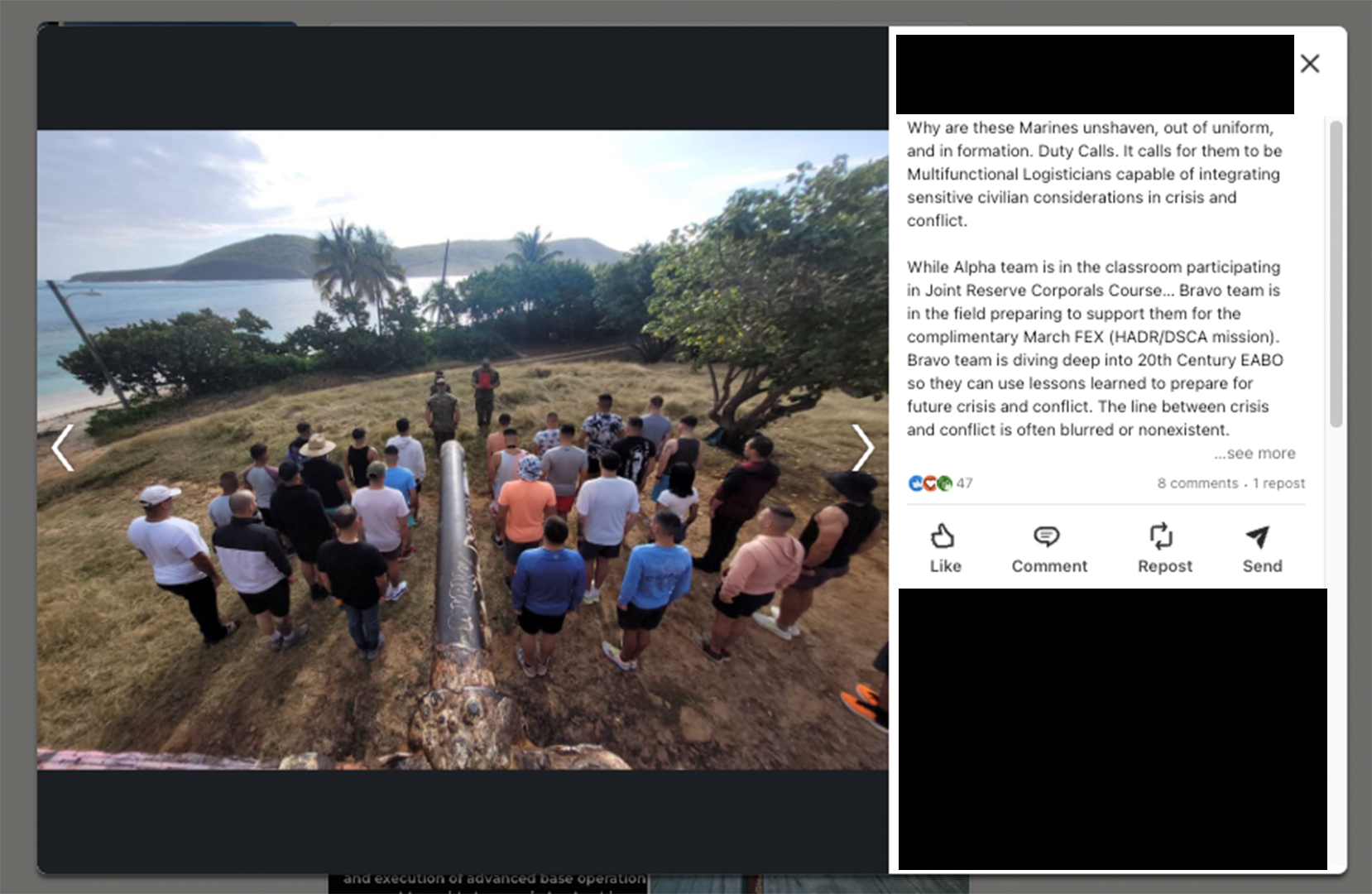
In Culebra, two ruined and graffiti-covered tanks lie on the beach, like scars from a battle that never quite ended. One of the vehicles lies on the beach, each year falling further under the waves because of sea level rise caused by climate change (the U.S. Military emits more carbon dioxide than Portugal, according to a 2019 report).
A series of pictures from the LinkedIn post shows a soldier receiving a promotion while out-of-uniform soldiers stand at attention behind him in front of the other tank. Even though the Navy "left" Culebra decades ago, the tank's main gun has been aimed at beachgoers to this day.
If you want to take a look at the FOIA'd presentations, you can find them below. Heavy Weather has also uploaded them to DocumentCloud.

